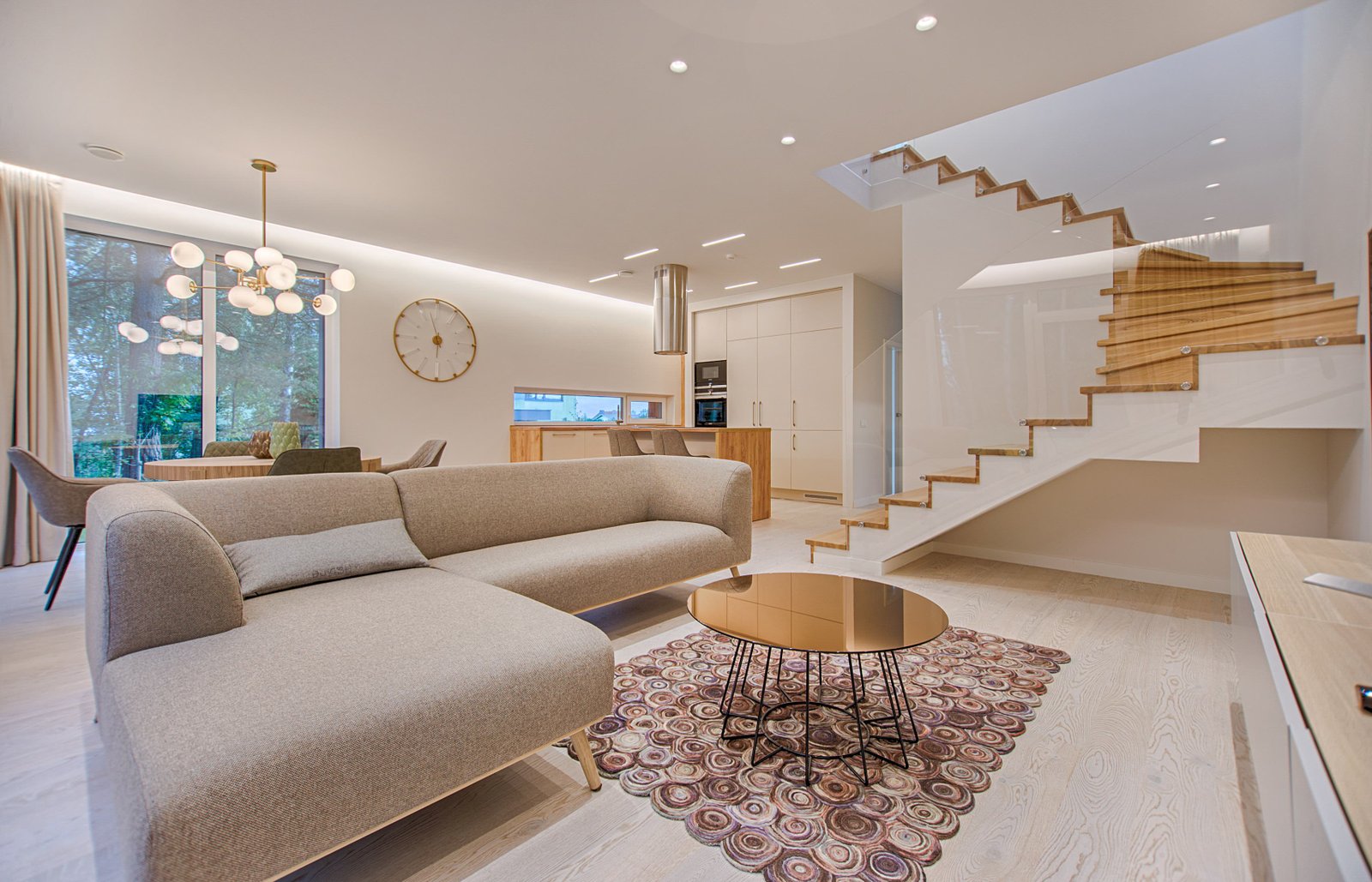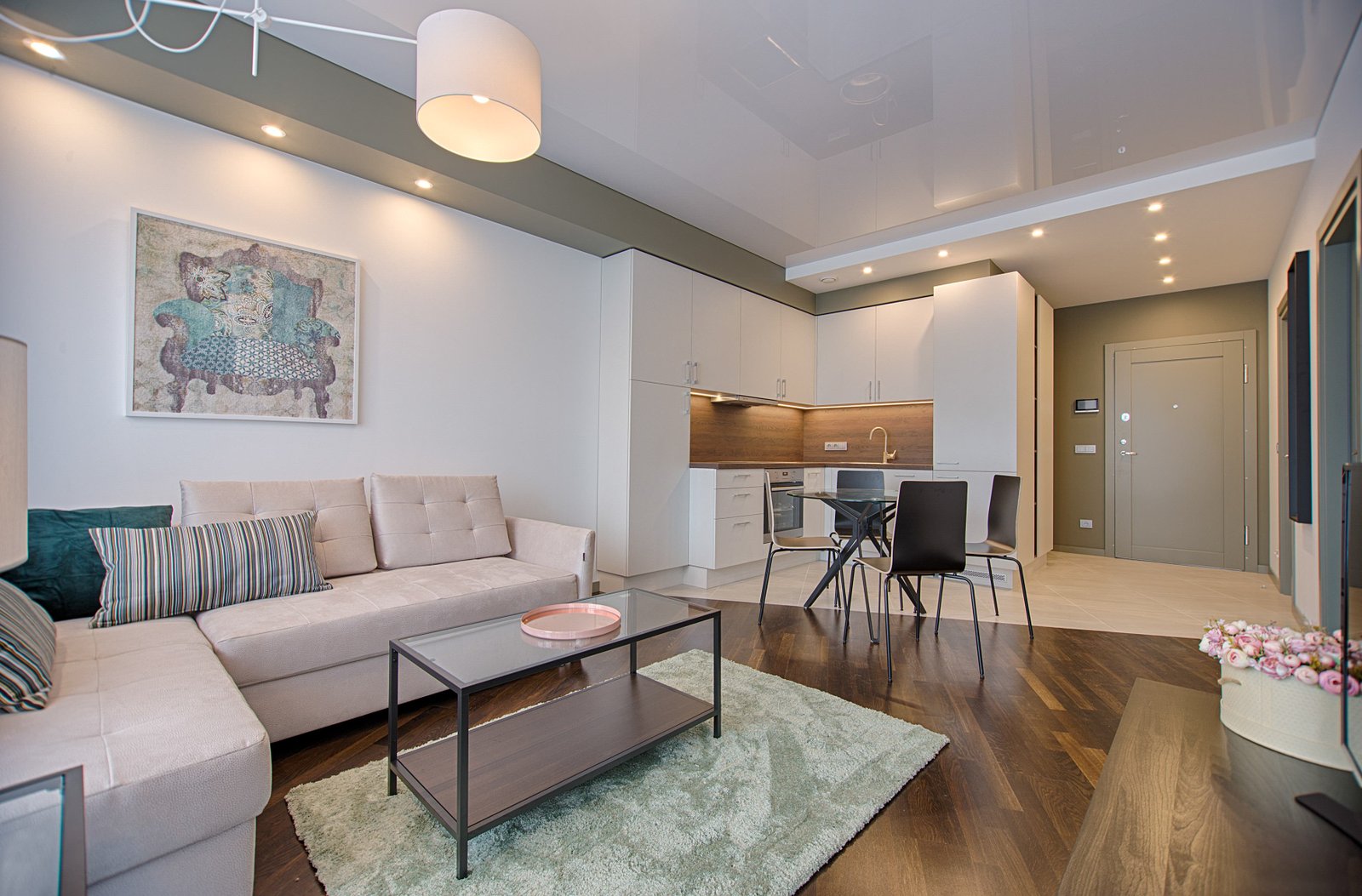عناصر التصميم الداخلي للمباني والمبادئ الأساسية له
Elements of interior design for buildings and its basic principles
Interior design is the art of designing the interior space of a building in a creative and technical way. The designed space should be visually appealing and allow customers to do their work. The customer or user should not feel uncomfortable about the position of an object in place or with the object’s color, size and shape. So what are the elements of interior design?
Interior design elements
- the color
- the light
- the shape
- Space
- Line
- Texture
the color:
Color is an important component of interior design. It plays a vital role such as for the customer to decide the whole design as soon as he notices the color. Colors should be used in a way that represents their function and should facilitate a good rest.
Here are some color suggestions for different rooms:
Natural colors:
The colors yellow, green, blue, organic brown etc. come under the natural colors. They give a delicate or bold accent to the interior. Natural colors remind the feeling outside. Therefore, these are best suited for bedrooms, bathrooms etc. where individuals are likely to relax or refresh.
Comfort Colors:
The color in this category comes from pumpkin orange, cocoa brown, biscuit, wheat, etc. Comfortable colors make the room warm and the user will feel comfortable. These colors are suggested for kitchens, halls, etc.
Contrasting colors:
Dark red, active black, white, etc. come under contrast colors. It provides sophisticated background to room, so it is a good choice for dining hall, living area, etc.

the light:
Lighting is an important factor not only as an element of interior design but also an important consideration for building construction. A suitable light is essential for users to perform their activities with comfort.
The building should use the maximum amount of natural light or daylight during the day for routine activities. Doors, windows, and ventilators are used to let in natural light inside.
Daylight factor = (natural light inside the building) / (natural light outside)
The recommended daylight factor for different rooms is as follows:
| Room or space | Light factor |
| the kitchen | 2.5% |
| study room | 1.9% |
| Living room | 0.625% |
| bedroom | 0.313% |
Now comes artificial lighting in which a source of artificial light is arranged inside the rooms. There are three ways to illuminate a space:
General lighting: General lighting or ambient lighting is the standard lighting required in rooms. It covers all corners of the room and provides comfort to the users.
Local lighting: Local lighting is also called as task lighting in which the light source is provided only for the space in which some activity or task is to be performed. Light sources are installed near mission areas.
Lighting accent: The lighting is similar to the local lighting accent, but is used for special purposes. Signature lighting is more aesthetic for observers, therefore, it is used to highlight objects, in decoration rooms, etc.

the shape:
A shape is an area of dimensions that are defined by an object outline. If two or more shapes are combined, it is called a form. Shapes are of three types.
Natural Shapes: Natural shapes are nothing but shapes of naturally occurring objects such as flowers, mountains, clouds, etc. These shapes create a natural feel in the space.
Geometric shapes: Geometric shapes like square, rectangle, triangle, etc. have suitable space and size. It can be provided easily.
Subjective shapes: Subjective shapes are made industrially by colors, random edges, lines etc.
Space or space:
Space is an important component of interior design. Space is only the space available to allow for various purposes. Space can be divided into two types.
- Two-dimensional space
- Three-dimensional space
In a two-dimensional space, the length and width are taken into account, while in a three-dimensional space the length, width and height are taken into account. This space is used for various purposes like placing furniture, decor items, etc.
The space filled with positive space is called negative space. A good designer should provide a balance between positive and negative spaces.
Line :
The line is the marker that identifies shapes and creates forms. Generally speaking, fonts are of three types as follows
- Horizontal lines
- Vertical stripes
- Dynamic lines
Horizontal stripes can be seen on beds, tables, etc., and it gives a secure feeling of space. Vertical lines can be seen on windows, doors, etc. which gives the user comfort. Dynamic lines or curved lines can be observed on the stairs, which will add an aesthetic feeling to the space.
Texture:
Texture is nothing but a feeling created by looking at or touching an object. In interior design, texture is divided into:
- Visual texture
- Actual texture
The texture that can be felt with our eyes is the visual feel and the actual touch can be felt by both touch and touch. The interior designer should design the texture in a way that the user should not feel monotonous.
One of the principles of interior design is that it adopts the principle of rhythm design in arranging interior design elements in the available space. The arrangement should create a rhythm as you look at it.
There are three types of ways to achieve a rhythm:
- Repetition: In this method, elements of the same size, color, and shape are used repeatedly for the design.
- Amendments or change: means, two or more elements are arranged alternatively to achieve the rhythm
- Progress: The elements are arranged in such a way that the size or color of the elements gradually increases or decreases the color gamut
In interior design, the designed space must overwhelm the unit throughout its lifetime which enables the user to influence without any confusion. Unity must be maintained in such a way that the observer’s eye moves smoothly from one object or shape to another. At the same time, the observer should not feel monotonous. Therefore, variety has to appear in the form of materials, colors, shapes, sizes etc.
Read also: The use of wood in the design of buildings







